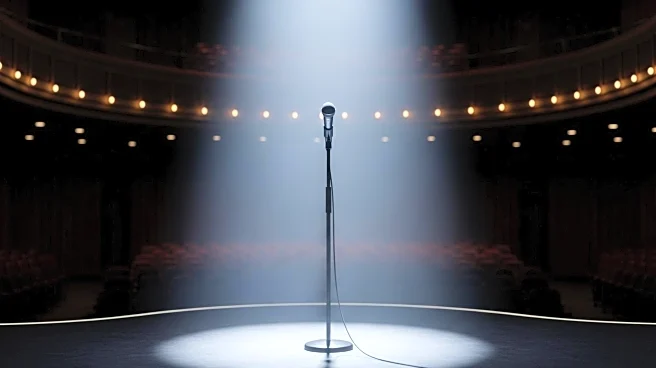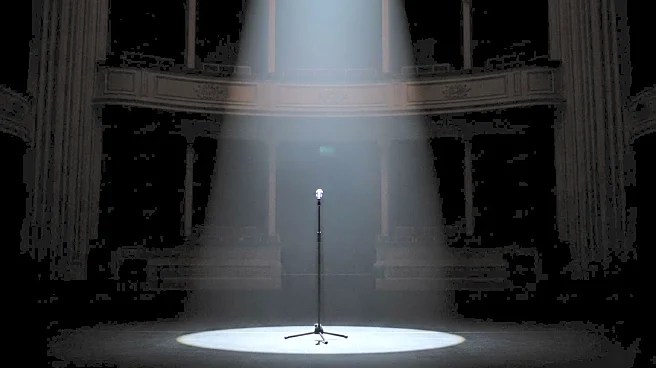What's Happening?
The annual cast changes at 'Saturday Night Live' have once again stirred discussions, as several cast members, including Emil Wakim, Devon Walker, and Michael Longfellow, announced their departures. Veteran Heidi Gardner is also leaving after eight seasons. These exits are part of a regular cycle at 'SNL,' where executive producer Lorne Michaels adjusts the cast based on various factors, including network directives and cost constraints. Despite media outlets labeling these changes as a 'bloodbath,' they are a routine part of the show's operations. Michaels has historically raised expectations for cast members, particularly featured players, since 2000, leading to frequent cast adjustments.
Why It's Important?
The cast changes at 'SNL' reflect broader trends in television production and network strategies. As NBC scales back other late-night shows, such as reducing 'The Tonight Show' to four original telecasts a week, 'SNL' may face similar economic scrutiny. These adjustments highlight the network's focus on optimizing resources and talent that can generate viral content, crucial for engaging younger audiences who consume media through social platforms. The departures also underscore the competitive nature of the entertainment industry, where cast members must continually prove their ability to resonate with audiences.
What's Next?
Future changes at 'SNL' could involve further cast adjustments as the show adapts to evolving network strategies and audience preferences. Long-standing cast members like Kenan Thompson may eventually leave, prompting new talent to emerge. The show's ability to maintain its cultural relevance will depend on its capacity to innovate and attract viewers in a shifting media landscape. Additionally, NBC's decisions regarding late-night programming could influence 'SNL's' format and production scale.
Beyond the Headlines
The regular cast exits at 'SNL' highlight the show's role as a cultural institution that adapts to changing media consumption patterns. The emphasis on viral content reflects a shift in how audiences engage with television, prioritizing shareable moments over traditional viewing. This evolution raises questions about the future of live television and its ability to compete with digital platforms. The show's adaptability may serve as a model for other programs navigating similar challenges.











